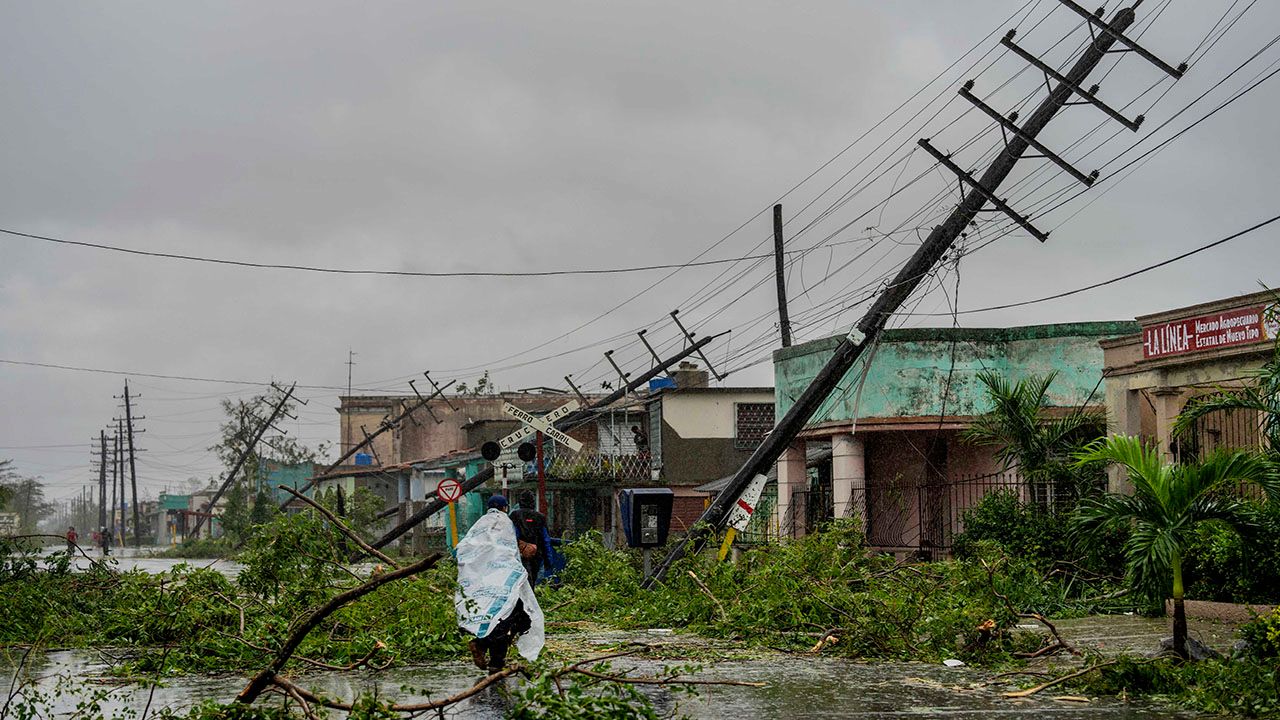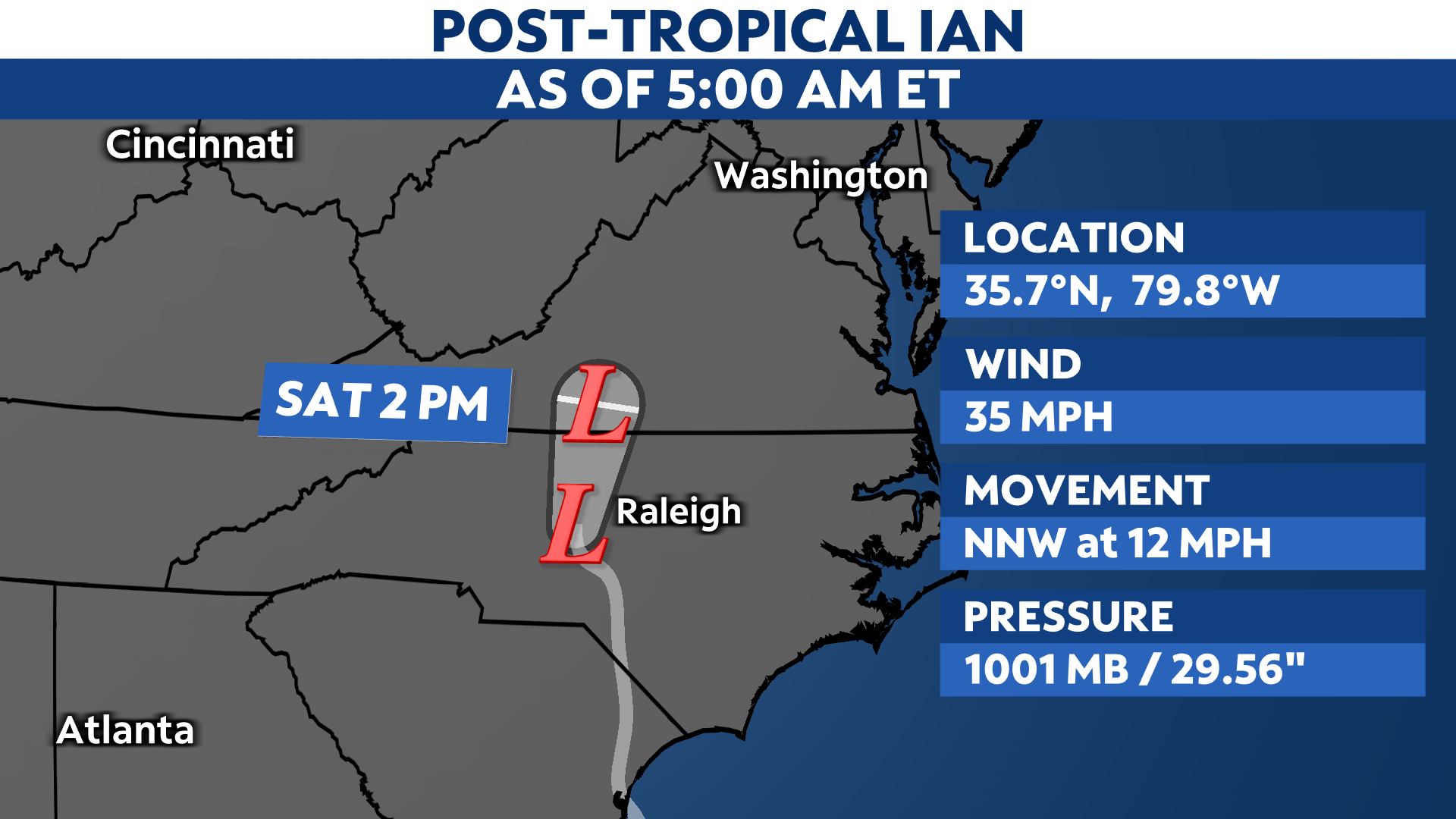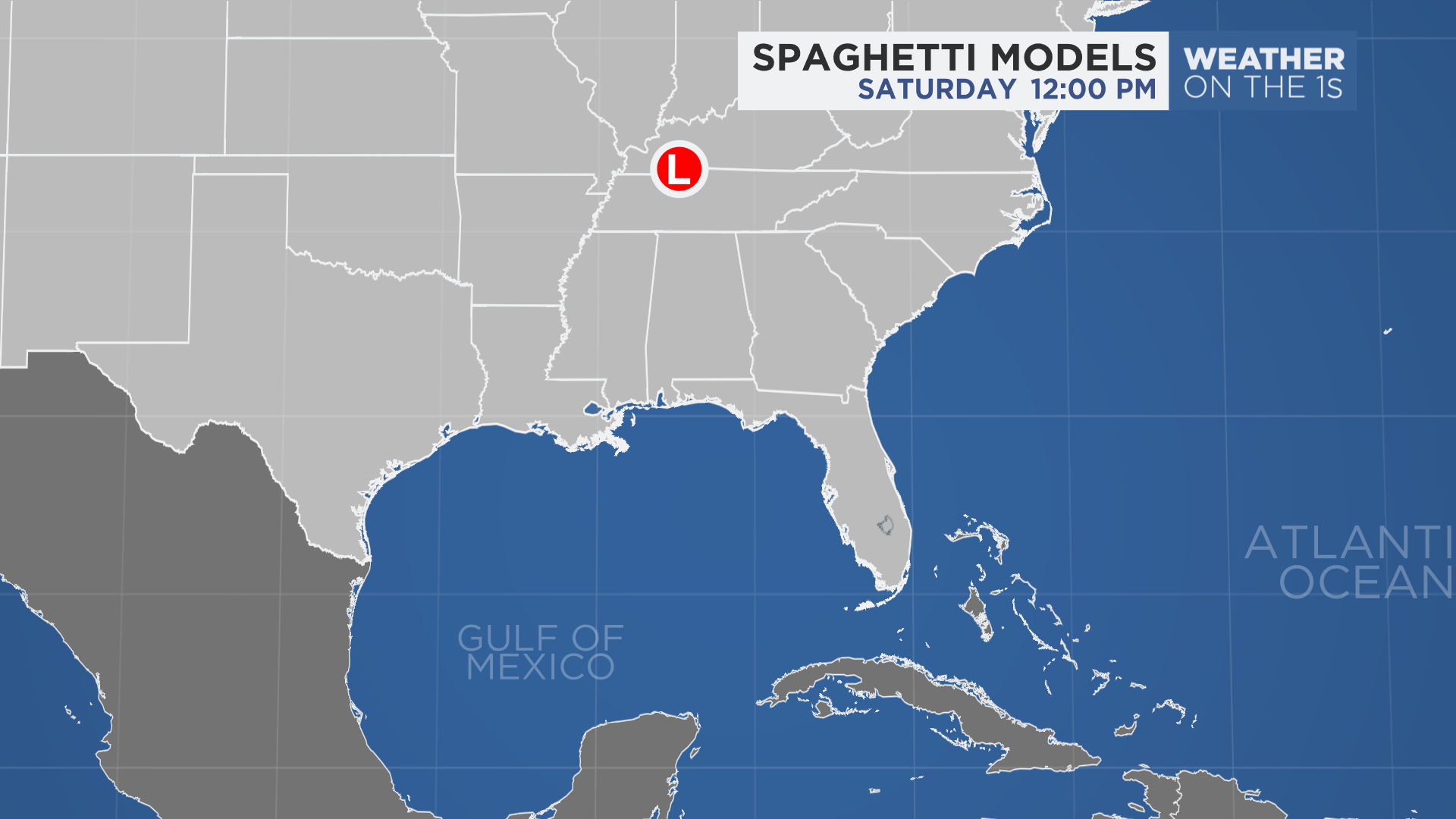Even though Ian remains a post-tropical cyclone and continues to weaken, it will still bring heavy rainfall and gusty winds to parts of the Appalachians and Mid-Atlantic this weekend before dissipating over south-central Virginia by tonight.
Ian made its third landfall in the U.S. (fourth landfall including Cuba) shortly after 2 p.m. on Friday, Sept. 30, 2022, near Georgetown, South Carolina. At the time, it was a Category 1 hurricane, with maximum sustained winds of 85 mph.
Ian weakened after making landfall and moving across Florida earlier this week, but had to opportunity to strengthen back into a hurricane over the Atlantic Ocean. Since its fourth and final landfall on Friday, it quickly weakened yet again.
Ian’s current top estimated winds are 35 mph. It is centered over central North Carolina as of this morning and will continue to weaken as it heads north, eventually dissipating over south-central Virginia by tonight.
Regardless, its moisture-rich remnants will bring heavy rainfall across parts of the Appalachians and Mid-Atlantic this weekend. In addition, coastal flooding remains a concern from North Carolina extending north into the Mid-Atlantic.
Along with all the other impacts, embedded thunderstorms in Ian’s rain bands could spin up tornadoes.
Heavy rain will lead to areas of flooding. Widespread rainfall in the Carolinas into Virginia will be at least 3 inches, with local amounts over 6 inches. These regions have a moderate risk of flash flooding.
To the south, the torrential rain that fell in Central Florida will impact that area into the first several days of October in the form of major to record-breaking river flooding.
In general, models agree that Ian will move north, bringing moisture and clouds up through the northeast through the weekend. Ian is expected to breakup thereafter, which is why there is less consensus further out in the forecast.
Spaghetti models or plots show a series of individual computer forecast models together on one map. They are useful to give insight into whether multiple models are in agreement on the path of the storm but they do not address the storm’s forecast intensity, winds, flooding and storm surge potential or other data. Tap here for more details on how to best use these models.
Ian’s history
Ian became the ninth named storm of the 2022 Atlantic hurricane season on the evening of Sept. 23. Even though it was slow to strengthen, Ian underwent rapid intensification once it become a hurricane on Monday.
Hurricane Ian made landfall in southwest Florida on Wednesday afternoon, the first hurricane to make landfall in the continental U.S. this year. Its first landfall was just after 3 p.m. on Wednesday in Cayo Costa, Fla. with max winds of 150 mph. After that, it made a second landfall as it moved inland just south of Punta Gorda near Pirate Harbor, with max winds of 145 mph.

This aerial photo shows damaged homes and debris in the aftermath of Hurricane Ian, Thursday, Sept. 29, 2022, in Fort Myers Beach, Fla. (AP Photo/Wilfredo Lee)
A weather station near Port Charlotte reported a sustained wind of 115 mph with a wind gust of 132 mph as Ian made landfall
Parts of southwest Florida, including Naples, were inundated with high water on Wednesday as Ian came ashore.
Surge was highest near Ian’s center, and considerably lower farther north toward Tampa Bay.
Parts of southwest Florida reported storm surge up to 12 to 18 feet inundation in spots.
Sanibel Island saw waters rise extremely quickly as Ian made its way onshore.
Areas of Central Florida had a deluge of rain with numerous locations getting over a foot. That caused widespread flooding, prompting dozens of water rescues.
See what the damage looked like throughout Florida.
After making landfall and traveling across the Florida peninsula, Ian weakened into a tropical storm over land. Once it moved back over the Atlantic off the east coast of Florida, it had an opportunity to strengthen back into a hurricane.
Ian moved north, and made its third landfall in the U.S. as a Category 1 hurricane with max winds of 85 mph. It moved inland near Georgetown, S.C. just after 2 p.m. on Friday, Sept. 30.
Before hitting the U.S., Ian made landfall as a major hurricane just southwest of La Coloma, Cuba, a town in the Pinar del Rio Province around 4:30 a.m. on Tuesday morning.

Fallen utility poles and fallen branches line a street after Hurricane Ian hit Pinar del Rio, Cuba, Tuesday, Sept. 27, 2022. Ian made landfall at 4:30 a.m. EDT Tuesday in Cuba’s Pinar del Rio province, where officials set up shelters, evacuated people, rushed in emergency personnel and took steps to protect crops in the nation’s main tobacco-growing region. (AP Photo/Ramon Espinosa)
Ian weakened slightly after passing over western Cuba, but still maintained its major hurricane status as it moved north into the Gulf. After completing an eyewall replacement cycle Tuesday night, Ian became a Category 4 hurricane early Wednesday morning.
Elsewhere in the Atlantic, there is one tropical wave we are monitoring.
See how the 2022 Atlantic hurricane season has gone so far.







